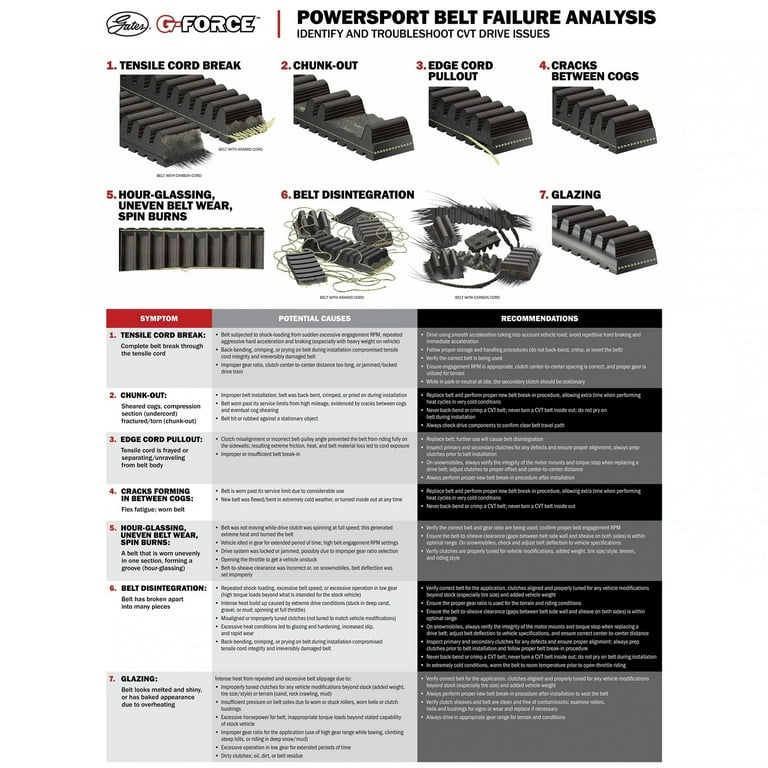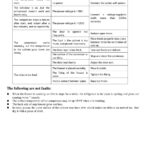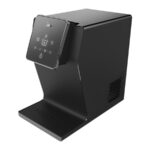If your Flex Belt is not working, check the battery connection and electrode placement. Troubleshoot simple issues first.
The Flex Belt is a popular fitness device that helps tone and strengthen abdominal muscles using electrical stimulation technology. However, like any electronic device, users may encounter issues with their Flex Belt. Common problems include the belt not turning on, the intensity levels not adjusting properly, or the electrodes not making proper contact with the skin.
We will discuss troubleshooting tips to help resolve these issues and ensure that your Flex Belt works efficiently for your fitness routine. Let’s dive into some easy solutions to get your Flex Belt back in working order.
Common Issues
If you encounter any issues with your Flex Belt, don’t worry. We’ve got you covered with solutions for some common problems you might face. Here are the steps to troubleshoot the most prevalent problems:
Not Turning On
If your Flex Belt is not turning on, the first thing you should do is check the battery. Ensure that the battery is properly inserted and has enough charge. If the battery is fully charged and securely in place, examine the connection between the battery and the belt to make sure it’s not loose or damaged.
Battery Life Issues
For battery life issues, start by ensuring that the battery is correctly inserted and charged. If the belt still has battery problems after confirming that, it might be time to replace the battery. Consider using high-quality, recommended batteries to enhance the belt’s performance and battery life.
Intermittent Electric Shocks
If you experience intermittent electric shocks from your Flex Belt, it’s crucial to address this issue promptly. Check the belt’s electrical components for any signs of wear and tear. Inspect the electrode pads to see if they are worn out and if they need to be replaced. Additionally, ensure that the electrodes are properly connected to the belt and positioned correctly on your skin.

Credit: www.walmart.com
Troubleshooting Steps
Having trouble with your Flex Belt? Follow these simple troubleshooting steps to solve any issues you may be experiencing. From checking the battery to adjusting the belt settings, these guidelines will help you get back on track with your fitness routine.
Troubleshooting Steps
Check the power
connection. place Batteries
Clean Electrodes
If your Flex Belt is not working properly, here are the troubleshooting steps you can follow:
1. Check Power Connection: Verify the power connection is secure.
2. Replace Batteries: Ensure batteries are not empty and replace if needed.
3. Clean Electrodes: Wipe down electrodes to remove any dirt or sweat.
Remember to follow these steps to swiftly resolve any issues with your Flex Belt.
Advanced Troubleshooting
Inspect Wiring
Check all wiring connections for any signs of damage or loose connections.
Reset Device
Attempt to reset the Flex Belt device by following the manufacturer’s instructions carefully.
Contact Customer Support
If the issue persists, reach out to customer support for further assistance and guidance.
Preventive Maintenance
Preventive maintenance is crucial for keeping your Flex Belt in optimal condition. By taking proactive measures to ensure proper care and storage, you can extend the lifespan of your device and maintain its effectiveness. Below, we outline important preventive maintenance steps to keep your Flex Belt in top working condition.
Proper Storage
Proper storage of your Flex Belt is essential to prevent damage and maintain its functionality. When not in use, ensure that the device is stored in a clean, dry, and cool environment. Avoid exposing it to extreme temperatures or direct sunlight, which can degrade the materials and electrical components. Additionally, store the device in a location where it won’t be subject to excessive pressure or weight, which could impact its performance over time.
Regular Cleaning
Regular cleaning is important to remove sweat, oils, and other residues that can accumulate on the Flex Belt during use. Use a mild, non-abrasive cleanser and a damp cloth to gently clean the surface of the device. Avoid using harsh chemicals or abrasive cleaning tools, as these can damage the materials and electronic components. Be sure to dry the belt thoroughly after cleaning to prevent moisture buildup that could affect its functionality.
Safety Tips
When it comes to using any fitness equipment, safety should always be a top priority. The Flex Belt is no exception. To ensure a safe and effective experience while using the Flex Belt, it is essential to follow the proper usage guidelines and be mindful of any existing skin conditions. In this section, we will discuss some important safety tips for using the Flex Belt.
Follow the Guusage gu
idelines. following the manufacturer’s guidelines is crucial to ensuring that you get the most out of your Flex Belt experience while minimizing any potential risks. Here are some important usage guidelines to keep in mind:
- Always read the instruction manual thoroughly before using the Flex Belt.
- Make sure to position the belt correctly and securely around your waist.
- Start with the lowest intensity setting and gradually increase it as tolerated.
- Avoid using the Flex Belt for longer durations than the recommended time by the manufacturer.
- Take regular breaks during your workout sessions to prevent muscle fatigue.
- Do not use the Flex Belt while participating in any other strenuous physical activities.
Avoid Using it on Skin
It is crucial to avoid using the Flex Belt on damaged or irritated skin. This can lead to further irritation or even worsen the existing condition. Here are some guidelines to follow regarding damaged skin:
- Do not use the Flex Belt if you have open wounds, cuts, or sunburn on the area where the electrodes will be placed.
- Avoid using the Flex Belt if you have any skin conditions, such as rashes, eczema, or dermatitis.
- If you experience any unusual skin reactions or discomfort while using the Flex Belt, discontinue use immediately and consult with a healthcare professional.
- Always ensure that the area of the skin in contact with the electrodes is clean and dry before each use.
- Consider using a barrier cream or gel recommended by the manufacturer to protect your skin during workouts.
By following these safety tips, you can have a safe and effective Flex Belt experience while maximizing the effectiveness of your abdominal workouts. Remember, your health and well-being should always be the top priority.

Credit: www.3m.com

Credit: www.amazon.com
Frequently Asked Questions
Question 1: How To Troubleshoot A Flex Belt That Is Not Turning On?
Answer: Check if the battery is charged and properly inserted. Make sure the power switch is on and the connections are secure.
Question 2: Why Is My Flex Belt Not Producing Any Vibrations?
Answer: Ensure the intensity level is set correctly and check the electrode pads for wear or damage. Replace if necessary.
Question 3: What Should I Do If The Flex Belt Is Causing Discomfort?
Answer: Adjust the positioning of the belt to ensure a comfortable fit. Start at a lower intensity level and gradually increase as tolerated.
Question 4: Why Is The Flex Belt Not Targeting The Desired Muscles Effectively?
Answer: Verify that the electrodes are properly placed on the targeted muscles. Ensure good contact and adjust the positioning if needed.
Question 5: What Can I Do If The Flex Belt Is Not Providing Desired Results?
Answer: Review your usage consistency and intensity levels. Consider incorporating additional exercises and maintaining a healthy lifestyle for optimal results.
Blog tip
Troubleshooting the Flex Belt can resolve common issues for a smoother experience. By following the tips and techniques mentioned in this guide, users can easily address any problems with their device. Ensuring proper usage and maintenance can help extend the lifespan of the Flex Belt, and enhance its effectiveness for achieving fitness goals.




